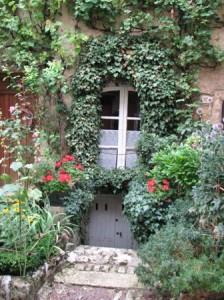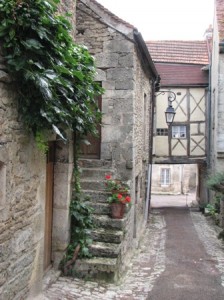Well, okay, I was hoping for better…I was hoping for outstanding and extraordinary…yes, I was hoping for dazzling results.
But the tests that Sherlock and I had on July 31st, at the end of our resveratrol experiment, are quite a bit less than dazzling. A first glance at my results turned me into Ms. Glum. I simply went to bed (it was bed time anyway)…all gloomy and doomy. In the morning, after a more careful perusal, I realized that my results weren’t THAT bad. Then, once Sherlock and I had finished comparing our tests point by point, I started feeling much better. Why?
Because she and I are still stable. What could be more important than that? I will take “stable” over “dazzling” any day. Well, okay, to be completely honest, I wouldn’t have minded glittering just a wee bit. 
For some reason that puzzles us, though, our blood viscosity shot way up. Mine is the highest it has ever been: 97 mm/hr (the top end of the range is 30!). Sherlock’s blood viscosity went up quite a bit, too, though not as much as mine. I have my own theory about this sudden increase.
Preamble (to the theory): in July I began taking a homeopathic remedy that Sherlock has been taking for quite a long time and that is supposed to prevent bronchitis. She, in fact, hasn’t had a case of bronchitis in years. So, since my lungs seem to be my weakest spot, I asked my family doctor if I could take it, too. He said, “sure, go right ahead.” You have to take this remedy every day for the first ten days of the month, for three months, preferably beginning in June. The conscientious, meticulous Sherlock began in June. I, the disorganized procrastinator, in July. 
Thing is, as soon as I begin taking this remedy, I had an almost immediate reaction to it, in the form of a runny nose and a sniffle. The same thing happened in August and now in September. No big deal, though.
My theory: could it be that my teeny tiny but feisty immune system had a reaction to the remedy? Since the blood viscosity value (=VES, in Italian) is an inflammation marker, I suspect that my recent high VES value could have been caused by the stimulation of my immune system. This is just a feeling, mind you. It could just be a freak result, as a friend told me. Or it may have been affected by other variables, such as the hot weather or testing conditions. In fact, a doctor friend of mine told me that the end of hot July is not the best time to have tests done. Ah. Anyway, who knows…I will ask my family doctor on Thursday for his opinion, too.
Other items. My hematocrit is slightly below the normal range for the first time ever. So are both my red and white cell blood counts. Just slightly, though. I am not too concerned about it.
Worrisome trend: my IgM has been going down a teeny tiny bit with every test. It is now 0,08 (the low end of the normal range is 0,40). What happens if it disappears altogether? Is that a possibility? And is there a way to increase that number? Hmmm…more things that I must investigate.
An oddity: even though both curcumin and resveratrol are supposed to lower cholesterol, my total cholesterol shot up to a second, all-time high. Hello?!!! Was it caused by the ice cream I ate during the heat wave in July? No idea.
But there is some good news, of course. My monoclonal component went down from 28.1 to 27.7 %. My total IgG went down a wee bit, but, more importantly, my M-spike shows very little change (a fraction of a fraction upward, from 2.44 to 2.46) since my last set of tests. Sherlock’s M-spike went up a bit more than mine, but it has been higher in the past…
These are the main things. My results show no significant changes in B2M, LDH, etc., so I won’t bother listing those (all within the normal range, as usual, anyway).
What is our conclusion? Well, we are a bit disappointed but also happy to be stable. The main value that Sherlock and I will be monitoring closely in our next set of tests will obviously be our blood viscosity. I am convinced that it will go down, though.
A question just popped into my head: did we take enough resveratrol (one gram a day) to make a difference? Hmmm.
Well, even though these results show no incredibly positive trends, there are also no incredibly negative ones. So we both continue to amble along the path of stability. That’s what matters.
P.S. Sherlock and I will be taking more or less the same things (curcumin, quercetin and fish oil) until we have our next set of tests in late October.
Together, just like the good friends that we have become.
 I am too busy with work and family matters to do any research or write anything these days. I have a few more students this year, in addition to my “old” ones, so my workload has increased quite a bit, which in many ways (e.g. financially!) is good, of course, but there goes another chunk of my time every week…
I am too busy with work and family matters to do any research or write anything these days. I have a few more students this year, in addition to my “old” ones, so my workload has increased quite a bit, which in many ways (e.g. financially!) is good, of course, but there goes another chunk of my time every week…